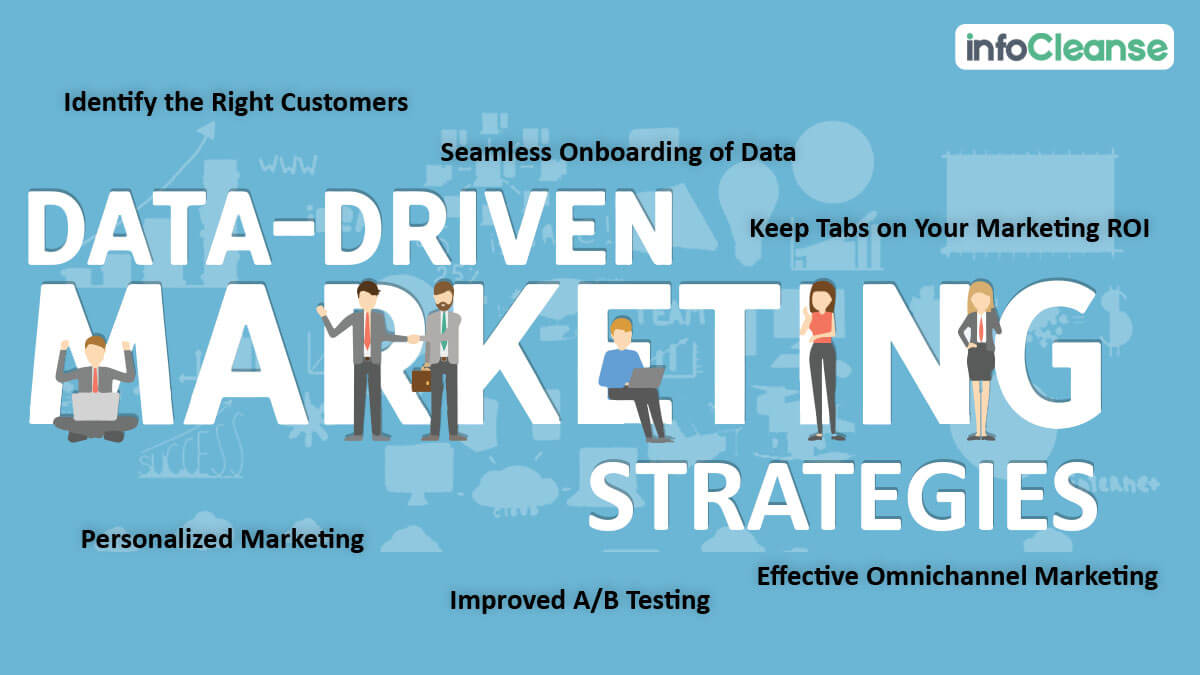In today’s day and age, data has become the new gold. Given how invaluable data is, it’s not surprising that it has significantly impacted every industry, marketing included. So, what makes data-driven marketing so popular?
Data-driven marketing can make a massive difference in marketing quality and success. A study by Marketing Evolution found that nearly 64% of top-level marketing executives echoed the same sentiment.
This informative read will get you acquainted with some of the best data-driven marketing strategies, from personalization to effective segmentation.
The 6 Successful Data-Driven Marketing Strategies to Implement
The correct data-driven strategies can be used to achieve many marketing goals, ranging from astute analysis, extensive mapping of the customer journey, and more. Find out what they are.
1. Personalized Marketing

One of the most significant advantages of data-driven marketing is the degree of personalization it offers. For instance, let’s say that you head a business specializing in outsourcing services to other companies.
You can build personalized marketing campaigns from scratch by accessing crucial information like customer demographics, product preferences, online search history, etc.
This is especially useful if you need to market different products and services or if your business caters to varied demographics. The data will allow you to develop personalized and customer-specific marketing campaigns.
Research has shown that personalized marketing can boost ROI by over 70%.
2. Improved A/B Testing
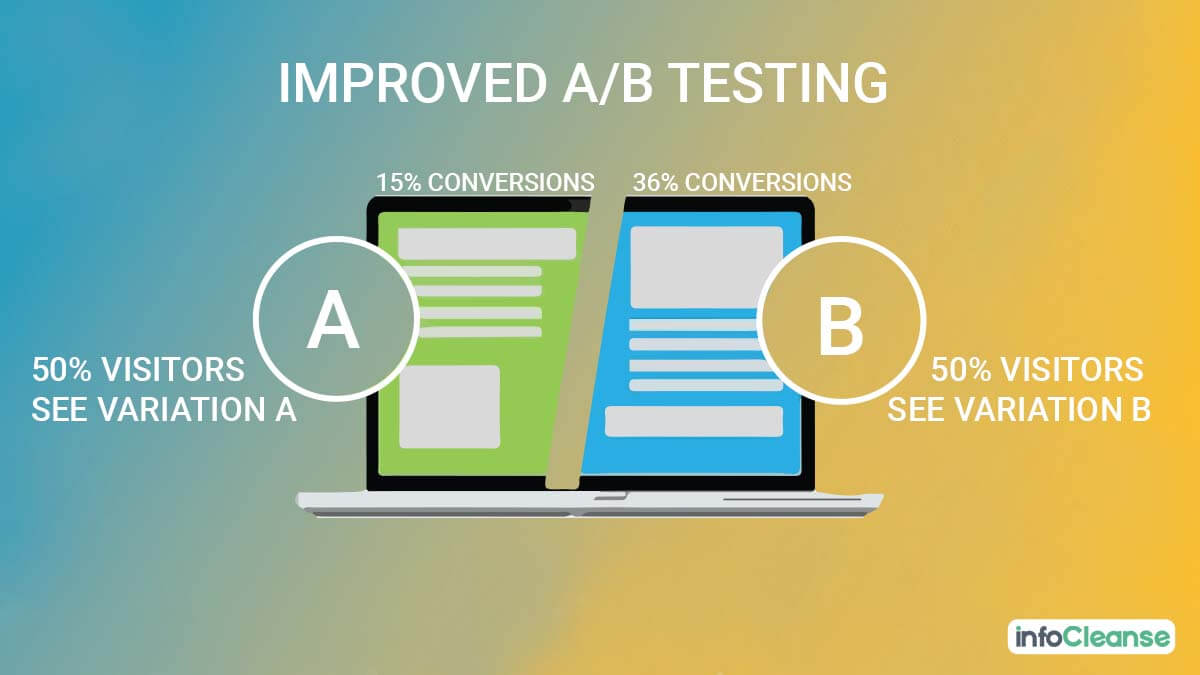
A/B testing is crucial in marketing, where the two web and application versions of a company’s page are compared or tested against a control page. This allows companies to optimize their web pages and get more visitors to return.
You can use A/B testing in marketing to optimize a vast array of elements, including:
- The webpage or section titles
- The webpage layout and design
- The appearance of buttons and links
- The various aspects of a newsletter
Given the astonishing range of applications, most marketers bring a blind and unfocused approach to A/B testing. However, in data-driven marketing, you select the most impactful elements and perform A/B testing for them alone.
In this way, you will save a lot of time, money, and effort. This is precisely what the hotel and resort booking website Arenaturist.com did.
They used data-driven A/B testing and found that a vertical form layout was 52% more effective in yielding conversion rates than a horizontal one.
3. Effective Omnichannel Marketing
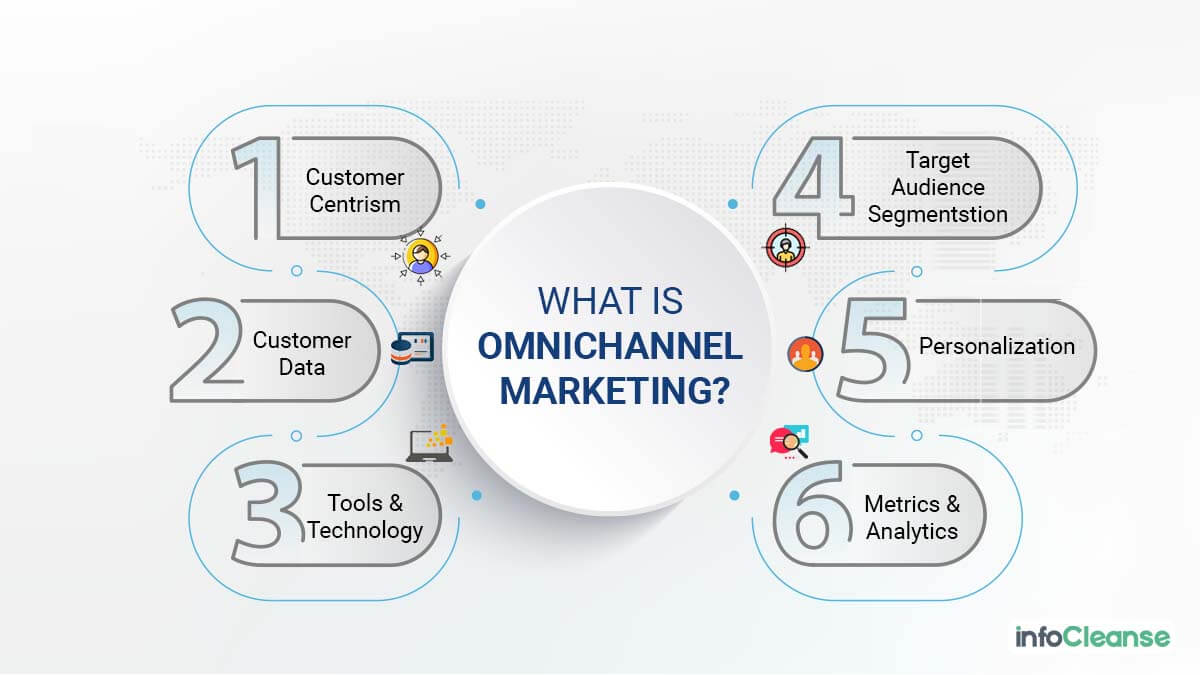
You have probably heard about omnichannel marketing. But how is a data-driven approach beneficial? Here’s how. In this type of marketing, three steps are essential: data source establishment, data attribution, and constant data quality improvement.
- Data Source Establishment: In this step, you can identify the data mediums that your target audience engages with the most and harness their potential.
- Data Attribution: Here, you can control how the data is used and displayed in marketing campaigns.
- Data Quality Improvement: You can run regular data quality and validation checks to ensure that only the best and most accurate data is used.
Data-driven marketing allows you to streamline the three steps, making things easier for the people involved.
A recent report by eTail Germany revealed that over 30% of the respondents were planning to increase their data-driven omnichannel marketing budget by 50%, given its effectiveness.
4. Identify The Right Customers

Every customer is different. A few of them might be more likely to buy your products, while the others – not so much. The best part about data-driven marketing is that you can use it to identify your ideal customer.
For example, you can use data analytics to monitor purchase patterns across different demographics closely. A subsequent study of the patterns will lead you to high-priority customers.
Once you have identified them, you can probe deeper into the data and develop campaigns and pitches tailored for them, as mentioned in the first point.
5. Seamless Onboarding Of Data
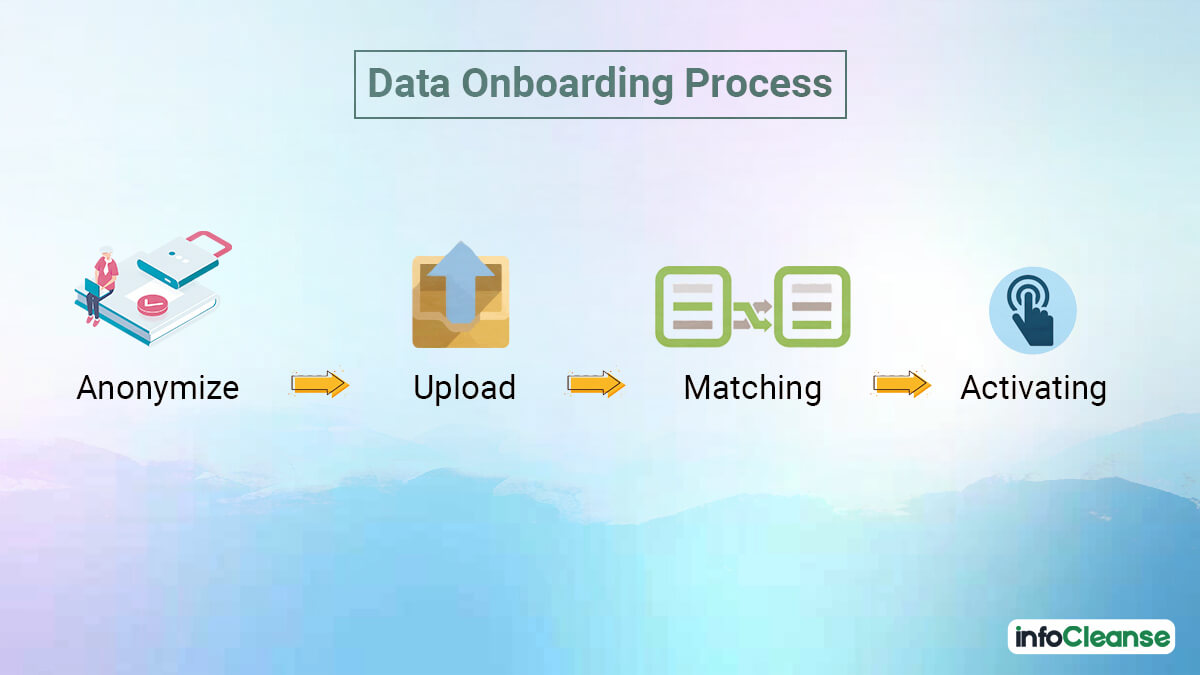
Irrespective of your industry, your business is bound to deal with two primary data types: online and offline. The transfer of offline data to online databases is achieved via data onboarding.
What’s more, the data onboarding process ensures optimum data privacy. Here’s how the entire process works. Let’s say that you have collected the offline data of customer X via the feedback form at a retail store.
And, this data includes email, phone number, and postal address. You can match the offline data with customer X’s online profiles, like a Twitter or Facebook account, through data onboarding.
Such targeted data onboarding has multi-pronged benefits, including a better understanding of the customer and improved online-cum-offline marketing prospects.
6. Keep Tabs On Your Marketing ROI
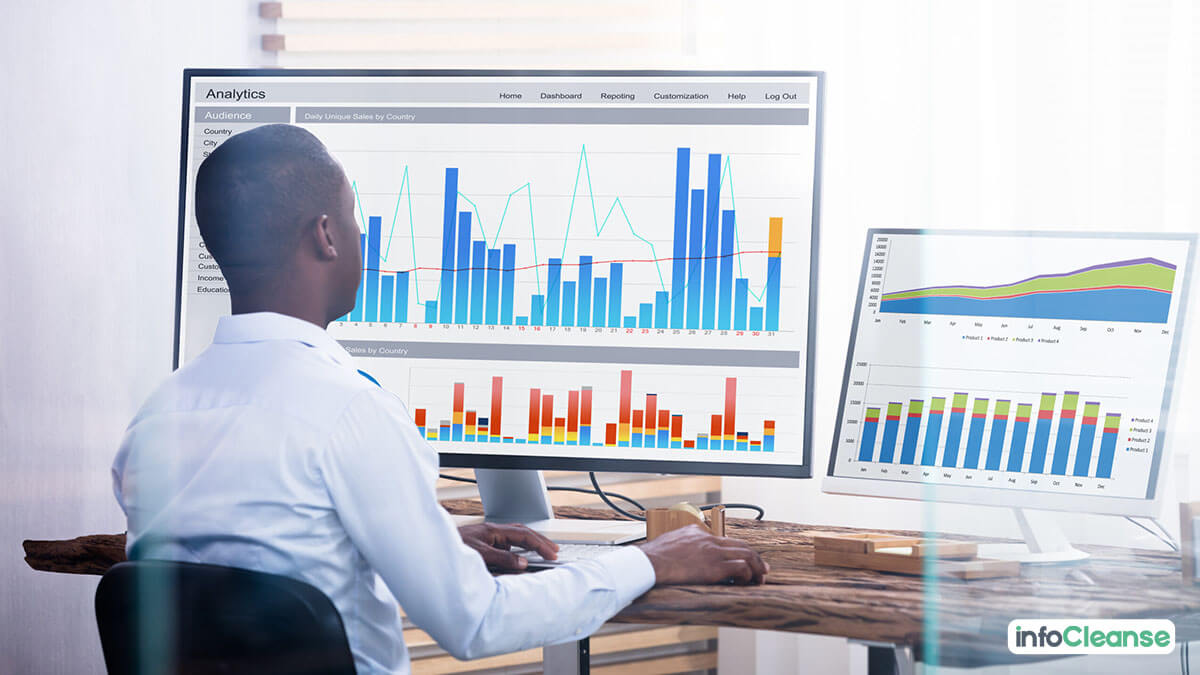
It is entirely natural for businesses to develop a marketing plan that involves different strategies and channels. However, it is equally important to track and identify the ones that work and those that do not.
This is where the analytics wing of data-driven marketing comes in. Using data analytics, you can access real-time performance information about each of your different strategies.
Further, you can pass the insights on to the teams involved, enabling them to rectify mistakes immediately. You can even conduct experiments to test the customer reception of a product.
Studies have found that businesses with investment in data analytics have ROIs as high as $13.01 per dollar spent to show. That’s certainly impressive.
Final Thoughts
According to Jason Heller, a partner at McKinsey, today, the marketers have more data available to them than ever before. He believes that this will prove to be a monumental shift.
However, the data is only as good as what you get out of it and how you use it. Data-driven marketing is the latest in the line of 21st-century marketing trends, and it’s here to stay.
Apart from the strategies discussed in the post, you can also consider using data-driven marketing to create an exciting buzz around your product, improve product development, and set consistent marketing goals.

